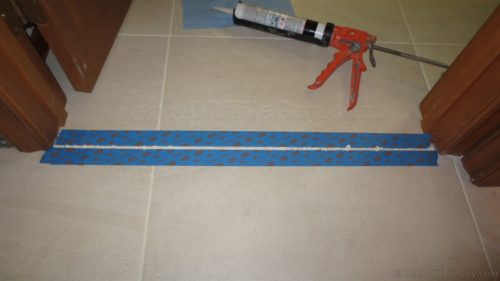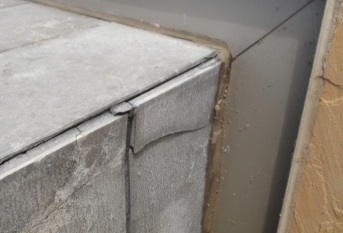If the ceramic tile floor is wider or longer than 25 feet you will need to install an expansion joint near the center of the floor.
Do you put expansion joints in ceramic tile.
Install the caulk after the tiles have been set and before the grout is installed.
For perspective we originally published this article in august 2016 and expansion joints continue to come up in conversation during training sessions and also in comments.
If you re wondering why you need to include expansion joints when installing tile you ve come to the right place.
A and photo 5.
The short answer is that you do not span control expansion joints with the tile.
The tcna handbook recommends allowing for expansion and contraction in every tile installation.
I will appreciate any other recommendations you can provide for how this porch tiling should be done correctly to avoid future problems.
Ceramic porcelain and stone tile expands and contracts with thermal and moisture changes in the environment.
Control joints are there because it s not a question of if the slab will crack but rather when the slab cracks it hopefully happens at the joint.
For installation of tile the tile ends at each control joint and the gap if filled with caulk rather than grout.
By using expansion joints you are creating smaller tiled areas or fields therefore significantly reducing the risk of movement affecting the surface.
Let me explain why they are so important.
When should i use expansion joints the larger the tiled area the more the tiles will expand and contract.
Where should movement joints be placed.
If so what should be the spacing of these on a 14 x 20 floor.
In large areas expansion joints will be necessary for the concrete itself for all the same reasons as are needed for wall and floor tiles.
Whether you re setting tile on an old or new slab you must include expansion joints fig.
Caulk the grout gap between two adjacent rows of tile all the way across the floor.
Here s where to put expansion joints.
An expansion joint is a strip of flexible material in this case caulk that lets tile expand and contract with changes in temperature.
Expansion of the substrate due to ingress of moisture like shrinkage any change of moisture content will result in a change of shape and size ultimately leading to movement with similar consequences.









